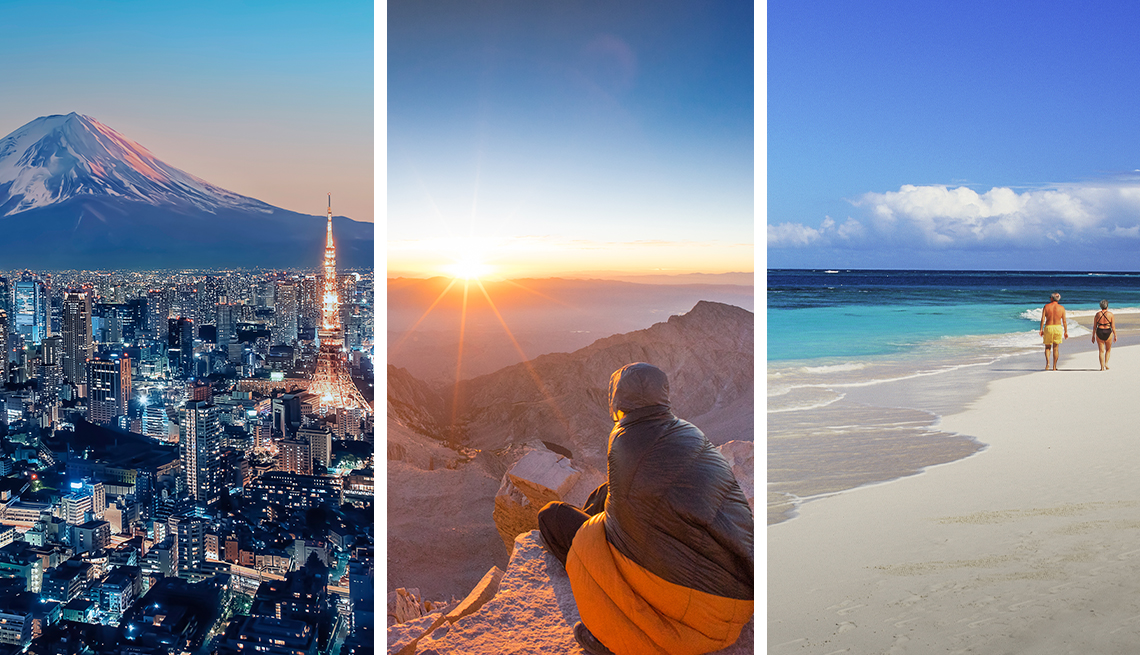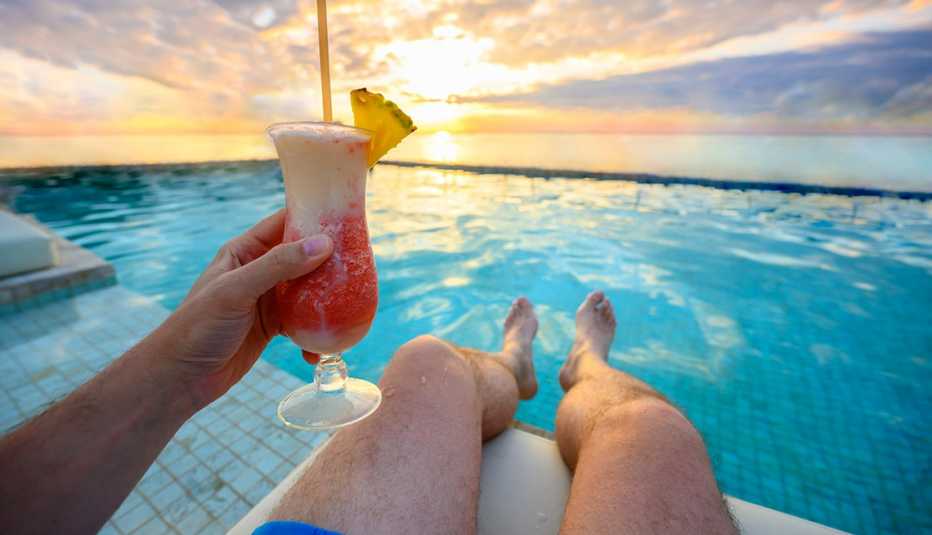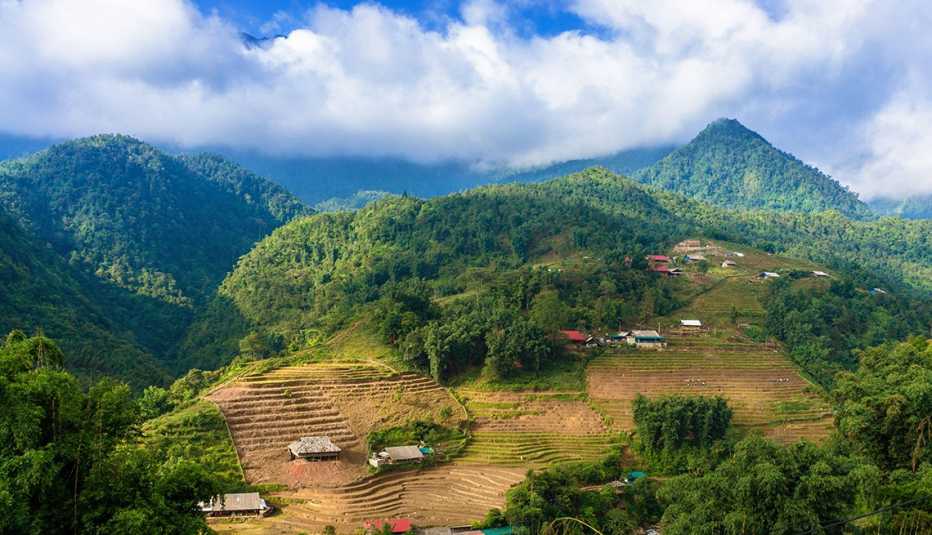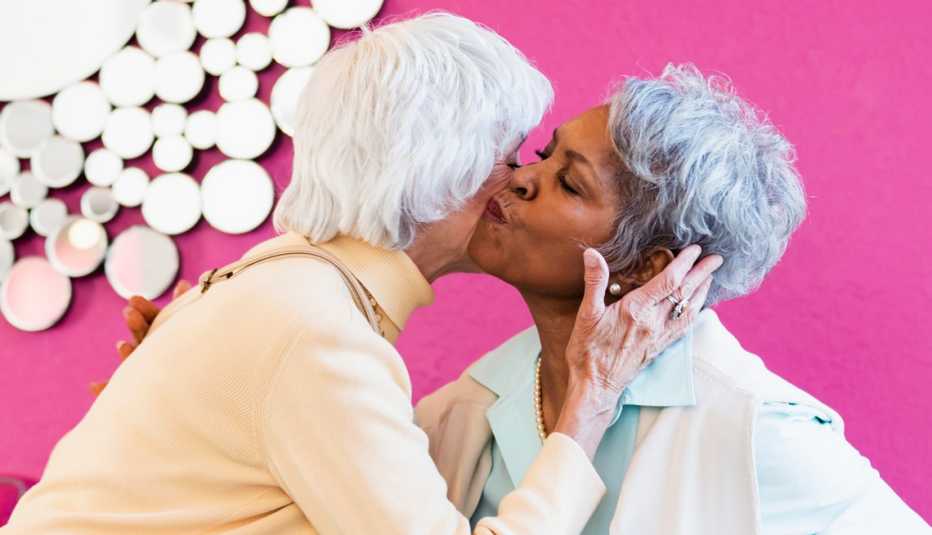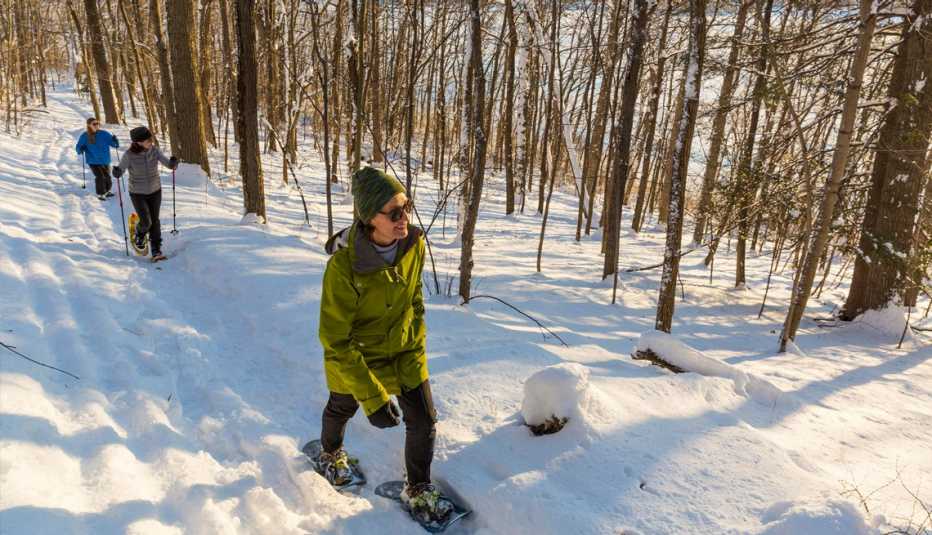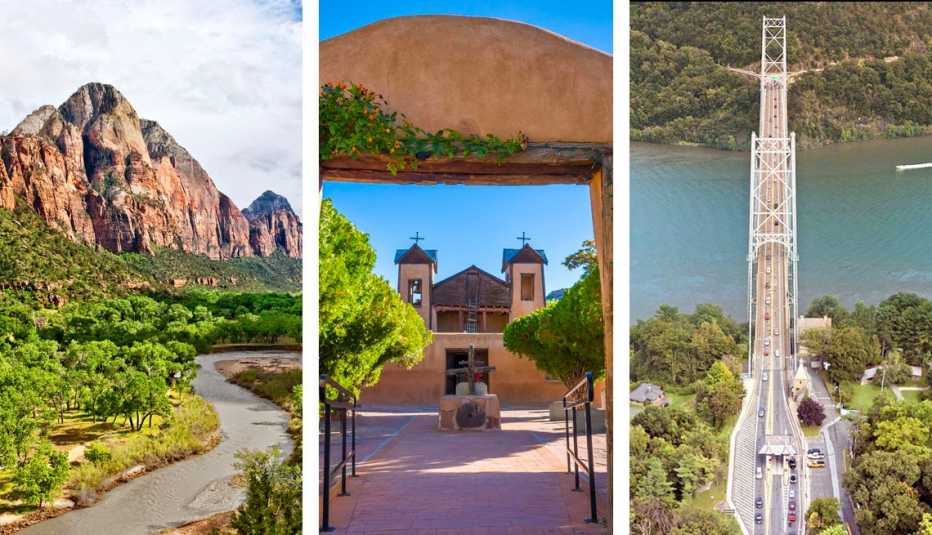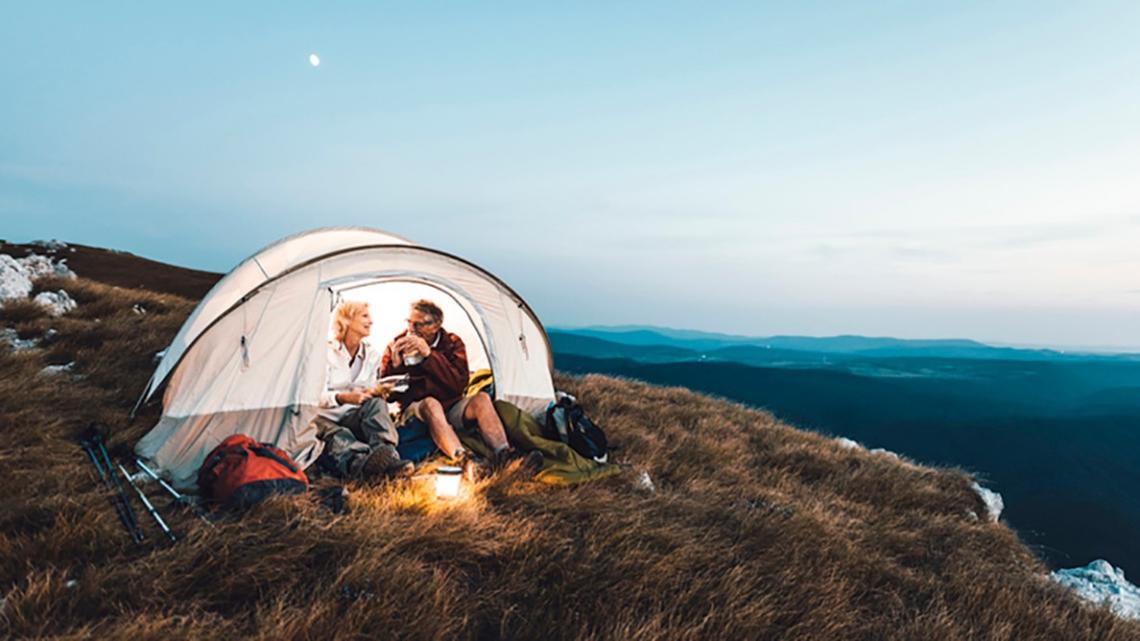Staying Fit
Think about your most memorable vacation. Where did you go? What made it special to you? We asked five travel writers to share their favorite vacation spots that left a lasting impression and how you can plan a similar experience.

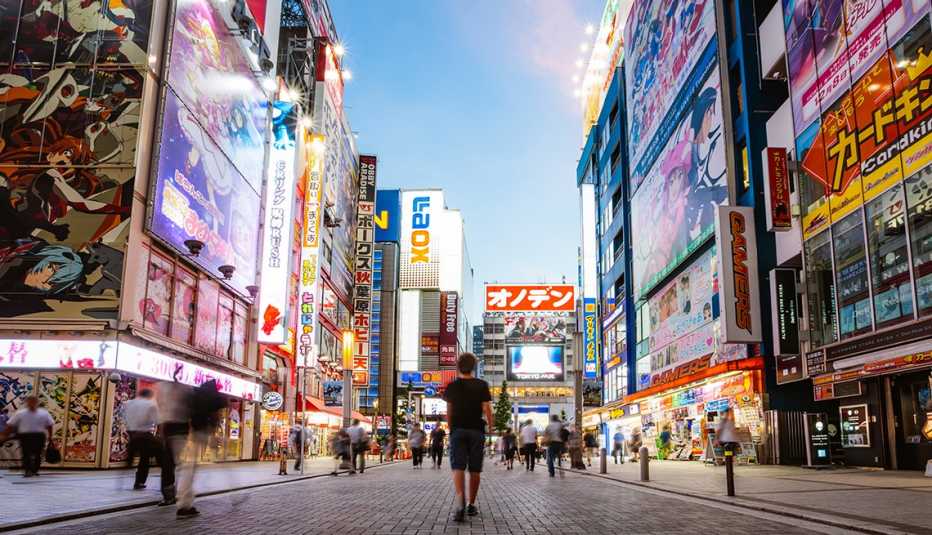
Tokyo
The year after my wife died, I took our son, Harrison, to Japan.
For most of Harrison’s high school years, the two of us had cared for his mother, who was battling a rare brain disease. After her funeral, we had stumbled through daily life, discovering how to move forward with just the two of us.
Now once again, we were on the cusp of change — him starting college and me about to face an empty nest. Since his youngest days, I had tried to show my son how travel could open new worlds and let you see your life from a different perspective. With freshman orientation looming, the message felt urgent now, my last chance, it seemed, to shape his worldview.


AARP Membership— $12 for your first year when you sign up for Automatic Renewal
Get instant access to members-only products and hundreds of discounts, a free second membership, and a subscription to AARP the Magazine.
But was Japan, an unfamiliar country where neither of us knew the language or customs, going to be too much? Over the next two weeks, we would see.
At the airport train station, we paused in front of a sprawling map of Tokyo’s transit system with routes twisting and tangling through a city of 14 million people. We stood silent for a moment, trying to find a route to our downtown hotel. But as happened time and time again — during my wife’s illness and on the trip — someone pointed us in the right direction.
Quickly we began to learn the city, from the chaos of the morning fish market to the luxury offerings of its department stores. We marveled at the technology on display in the Akihabara district, with its cavernous electronics stores, sidewalk computer vendors and towering signs bathing streets with noontime glare in the middle of the night.
One evening, we feasted on ramen noodles in a tiny alley café near Tokyo’s main train station. The next day, we visited the Studio Ghibli museum, devoted to the anime films that once delighted my son and his mother.
Then we hopped on bullet trains to see more of the country. For a few days, we hiked the Kumano Kodo pilgrimage trail, where a guide had us lie down in a grove of pine trees to meditate, a practice she called forest bathing. That night, we soaked in the steaming waters of a traditional hot springs resort.
One day at the massive Kaiyukan aquarium in Osaka, Harrison taught me how to take selfies with penguins that peered over our shoulders, eager it seemed, to join the photo shoot. Another afternoon, he watched me successfully navigate a path between two stones at Kyoto’s Kiyomizu-dera Temple. Tradition says that those who cross with their eyes closed will find true love, something I had doubted after losing my wife of 22 years.
On our final night in Japan, I splurged for a stay at Tokyo’s fabled Park Hyatt hotel, the filming location for the Bill Murray and Scarlett Johansson movie, Lost in Translation. For dinner, we booked a table at the hotel’s New York Grill on the 52nd floor, where skyscrapers sparkled around us.
I knew someday my son would dine with a potential boss or meet his fiancée’s parents over a lavish meal. I wanted him to remember this evening and realize that no setting, no matter how opulent, should intimidate him.
We flew home the next day. Thirty-six hours later, I drove him to college.
As a single parent, I had worried about the lessons I neglected to impart during my wife’s illness and after her death. But in those two weeks crisscrossing Japan, I learned as much as my son: Together, we could navigate any challenge. While the world can be tragic and confusing, it also offers unimaginable wonders.
Larry Bleiberg, past president of the Society of American Travel Writers, lives in Charlottesville, Virginia.

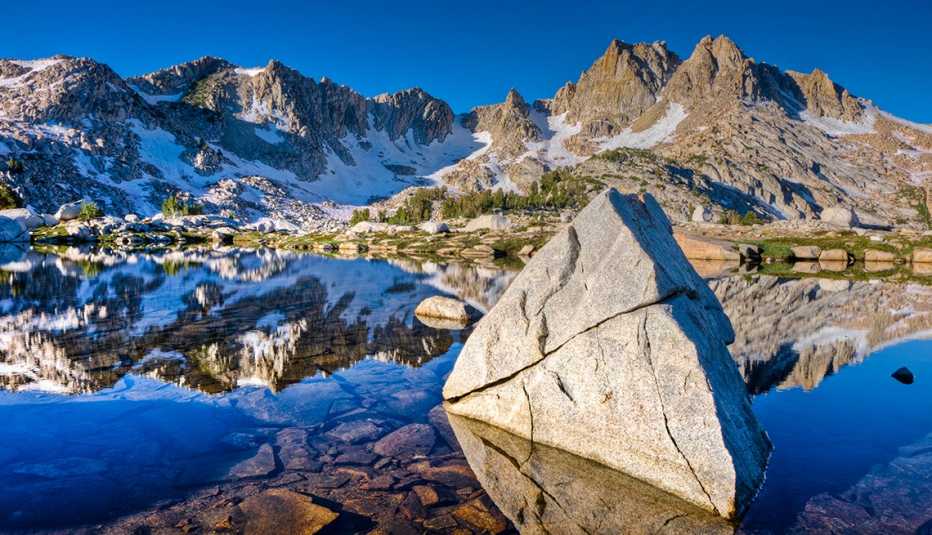
John Muir Trail, California
Partway up a long, steep climb to the top of a pine-covered mountain pass on the John Muir Trail in California a few years ago, I ground to a halt and flopped down on a boulder. My back ached and my toes throbbed from hauling a 28-pound backpack up and down mountains for more than a week. I hadn’t seen a flush toilet for 100 miles and wouldn’t reach a soft mattress for a long time. Two days earlier, I’d scratched the following sentence in my journal: “So exhausted I can barely think” — and my husband and I were only halfway through our 15-day trip.
As much as I love dirt and rivers and trails that unspool through meadows of golden grass and glacier-carved valleys, I felt overwhelmed. What was I doing? I was 52 years old — I wasn’t 20 or even 40 anymore. Plus, at that moment, I was hungry and thirsty. “I can’t do this,” I told my husband, feeling inexplicably defeated. “This is too hard. It’s too much.” My husband plopped down next to me, handed me my water bottle and pointed to a lake glinting like a dime far below us. “But look at that,” he said. “We started down there this morning, and here you are.”
He was right. That glinting dime looked a million miles away. I’d come a long distance in a few hours, and not a single step I’d taken had been that difficult. It was the entire trip, taken as a whole, that seemed impossible.
I could keep moving forward. And I did. Over the next 100 miles, I waded into ice-cold alpine lakes, admired a creek that flowed through a field like a blue scarf and took in the stark beauty of Bighorn Plateau, which seemed like the only flat spot on our entire 200-mile route. I ate dehydrated meals that tasted like the best food on the planet, and in the end, I reveled in the accomplishment of making it all the way to the trail’s terminus on the other side of Mount Whitney.



























































